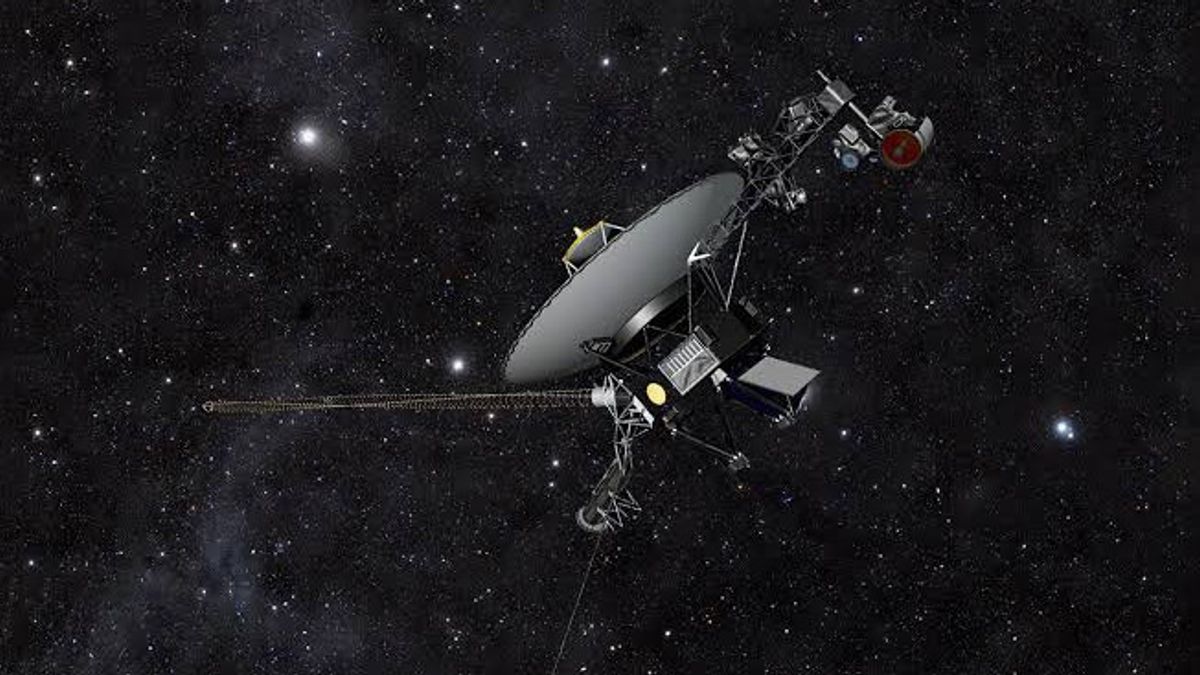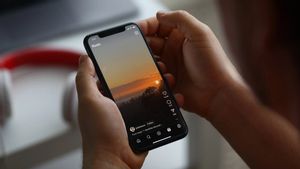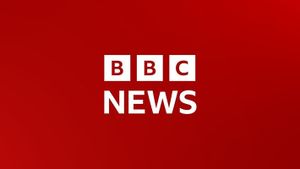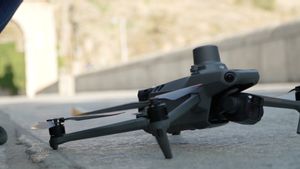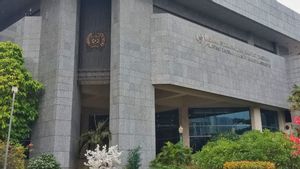JAKARTA - The American Aeronautics and Space Agency (NASA) has finally received a signal from Voyager 2, but the spacecraft has yet to be found.
"We are asking for help from Deep Space Network (DSN) and the Radio Science group to help see if we can hear a signal from Voyager 2," said Voyager project manager at NASA's Jet Propulsion Laboratory,
This was successful because we saw a heart rate signal from the spacecraft. So, we know the spacecraft is alive and operational. This raises our spirits," he added.
Voyager 2 himself has been operating for 46 years, he then received an order accidentally on July 21, to play his antenna two degrees from Earth.
Although the shift is fairly small, Voyager 2 cannot accept any orders from mission control or send data back to Earth.
Finally, the spacecraft's location was 12.3 billion miles in interstellar space. However, NASA's mission team was very surprised to detect a Voyager 2 carrier signal using DSN, which confirmed the ride was still safe to send a message back to Earth
DSN itself is a series of massive international radio antennas where NASA can communicate with missions throughout the cosmos.
One radio antenna is located on Goldstone near Barstow, California, the second near Madrid and third in Canberra, Australia.
Signals sent via DSN are basically screaming at Voyager 2 and trying to get his attention, even though the antenna is not oriented to receiving radio signals.
Given the distance between Voyager 2 and Earth, it takes about 18.5 hours for the signal to travel one way across the Solar System to the spacecraft. Now, NASA's mission team will try to send the signal back to the spacecraft.
اقرأ أيضا:
We are now producing a new order to try to direct the spacecraft's antenna to Earth. There is a low chance that this will work," said Dodd.
If successful, Voyager 2 will be able to continue the mission again as usual, fly into interstellar space and provide scientists with information on the way.
But if it fails, it has been programmed to change its orientation several times a year to keep its antenna on its way to Earth.
Even so, the next re-tuning is scheduled for October 15 and the team hopes it will allow communication to resume with Voyager 2, as quoted by CNN International and The Independent, Wednesday, August 2.
"But it's been waiting a long time, so (we) will try to send orders several times before that date," said Dodd.
The English, Chinese, Japanese, Arabic, and French versions are automatically generated by the AI. So there may still be inaccuracies in translating, please always see Indonesian as our main language. (system supported by DigitalSiber.id)
